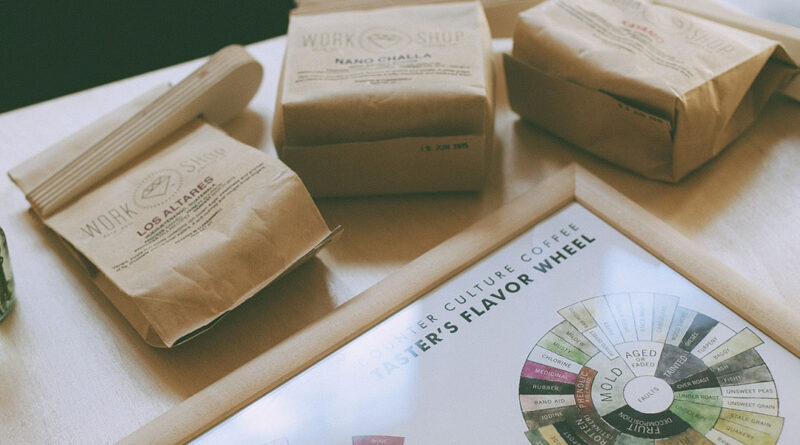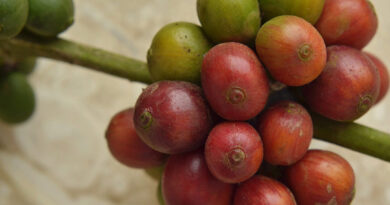What type of packaging is used for coffee?
Coffee is enjoyed by millions of people every day, and the demand for high-quality coffee is always on the rise. As such, the packaging of coffee is crucial in preserving its flavor, aroma, and quality. In this article, we will discuss the types of packaging used for coffee and their benefits.
What type of packaging is used for coffee? | The 5 Most Common
- Paper Bags:
Paper bags are one of the most commonly used packaging materials for coffee. They are often made from a blend of paper and plastic to create a barrier against moisture and air. Paper bags are an eco-friendly option for packaging coffee and are often recyclable. They are also cost-effective and easily customizable, making them a popular choice for small businesses and boutique coffee roasters.
- Plastic Bags:
Plastic bags are another popular option for coffee packaging. They are made from a variety of plastic materials, such as polypropylene, polyethylene, or PET. Plastic bags are durable, lightweight, and cost-effective. They also offer excellent protection against moisture and air, ensuring that the coffee stays fresh for a longer period of time. However, they are not biodegradable and can have a negative impact on the environment.
- Metal Cans:
Metal cans are often used for packaging coffee, especially ground coffee. They are made from aluminum or tinplate and provide an excellent barrier against oxygen and moisture. Metal cans are durable and can be easily stacked, making them a popular choice for large-scale coffee producers. However, they are not easily recyclable and can have a negative impact on the environment.
- Glass Jars:
Glass jars are another option for packaging coffee. They are transparent, which allows the consumer to see the coffee inside, and can be easily recycled. Glass jars are also non-reactive, which means they do not interact with the coffee and alter its flavor. However, glass jars are heavy and can be easily broken, which can increase the shipping and handling costs.
- Vacuum-Sealed Bags:
Vacuum-sealed bags are a popular choice for packaging coffee. They are made from a variety of materials, such as foil, plastic, or a combination of both. Vacuum-sealed bags are designed to remove all the air from the packaging, which helps to preserve the coffee’s freshness for a longer period of time. They are also lightweight and can be easily customized, making them a popular choice for small businesses and boutique coffee roasters.
There are several types of packaging used for coffee, each with its own benefits and drawbacks. Paper bags are eco-friendly and cost-effective, while plastic bags offer excellent protection against moisture and air. Metal cans are durable and can be easily stacked, while glass jars are non-reactive and recyclable. Vacuum-sealed bags are designed to preserve the coffee’s freshness for a longer period of time. Ultimately, the choice of packaging will depend on the specific needs and preferences of the coffee producer, as well as the demands of the market.




